
More work is being done to unblock drains and gullies ahead of Storm Ciaran following last week's devastating flooding which affected multiple homes and businesses across the Isle of Wight.
The storm moved in yesterday (Wednesday) and could see the Island battered with more heavy rain and 85mph winds.
After last week’s flooding, some residents have claimed drains with blocked leaves and debris stopped water running into them.
The gullies were cleared less than two weeks before the flooding hit, Island Roads said, with those in Ryde done on October 13 and East Cowes on October 14.
Island Roads stressed, however, that in periods of prolonged, exceptional rainfall, like the Island has been experiencing, and when it coincides with high tides, the drainage system may become overwhelmed and this would occur irrespective of cleaning and sweeping programmes.
Cllr Phil Jordan said Island Roads has ‘stepped up to the plate’ and done all that has been asked of them.
He said in severe occurrences the drains and gullies could be blocked by the detritus that had been carried in the water so it was enormously difficult to try to keep them clear.
Ahead of Storm Ciaran, workers from Island Roads have cleaned gullies in the hotspot areas of East Cowes, Ryde and Binstead.
As the authority in charge of cleaning the drain and gully network, Island Roads district stewards also inspect drains and gullies as part of their duties, while taking action when they receive reports from members of the public.
Under the Highways PFI Contract, the majority of gullies are cleaned annually, Island Roads said, and between October and March, it undertakes a monthly programme of additional cleaning in areas known to be prone to flooding or blockages.
It also increases the street sweeping it does at this time of year when trees shed their leaves.
Island Roads has said it is not responsible for flooding off the highway but to maintain a safe and accessible highway network.
As well as Island Roads, a band of ‘heroic’ volunteers have been unblocking drains across the Island to prevent standing water from growing and more residences being flooded.


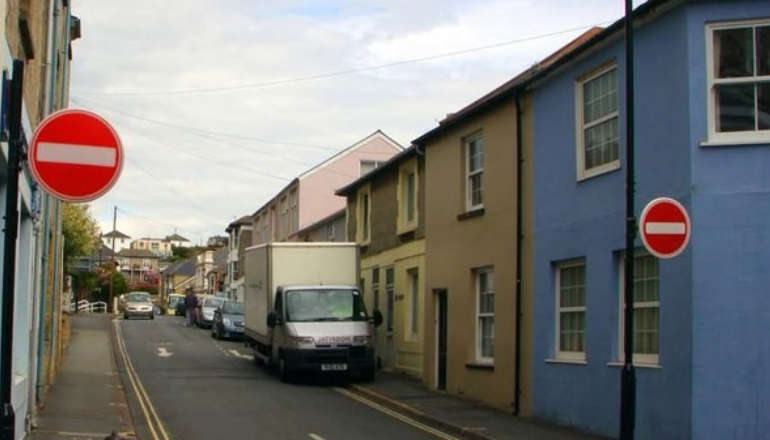 Three Arrested Following Reports Of Woman In Possession Of Firearm In Ventnor
Three Arrested Following Reports Of Woman In Possession Of Firearm In Ventnor
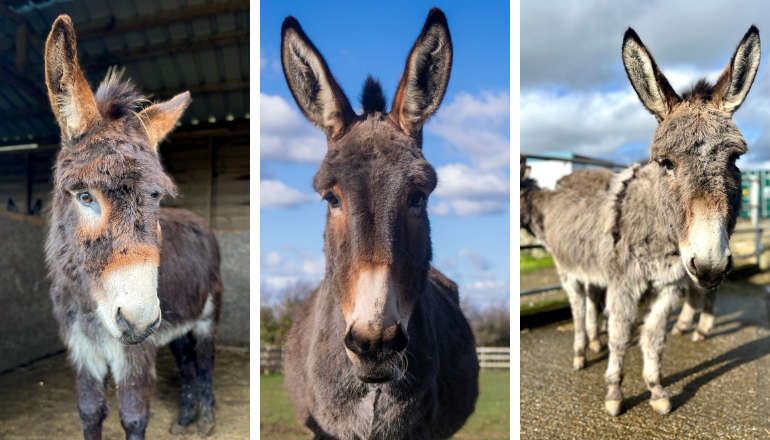 Isle Of Wight Donkey Sanctuary Welcomes 12 New Animals To Its Herd
Isle Of Wight Donkey Sanctuary Welcomes 12 New Animals To Its Herd
 Introduction Of Second Homes Premium – What You Need To Know
Introduction Of Second Homes Premium – What You Need To Know
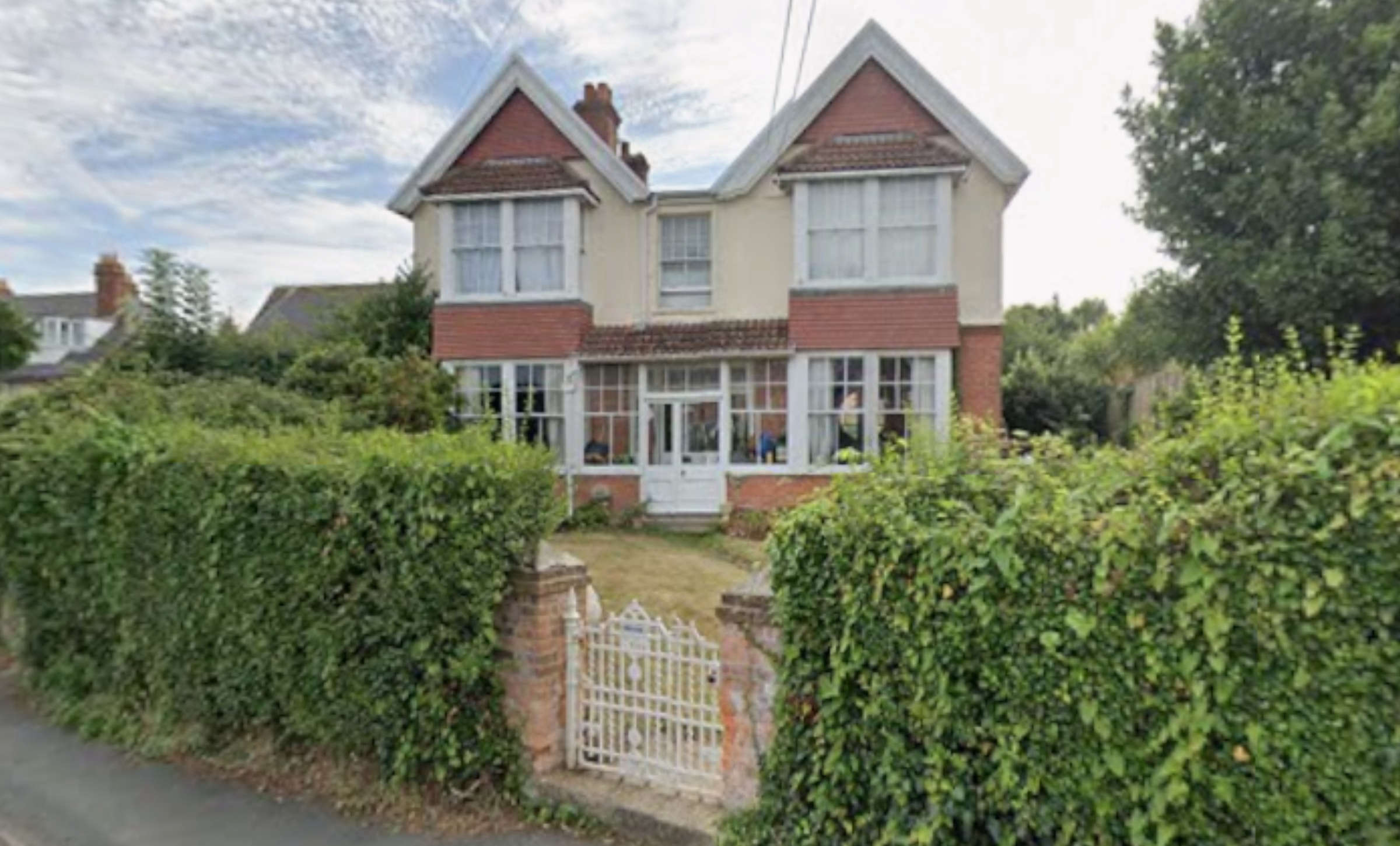 Large Villa-Style Property Could House Four New 'Starter Homes' In Totland
Large Villa-Style Property Could House Four New 'Starter Homes' In Totland
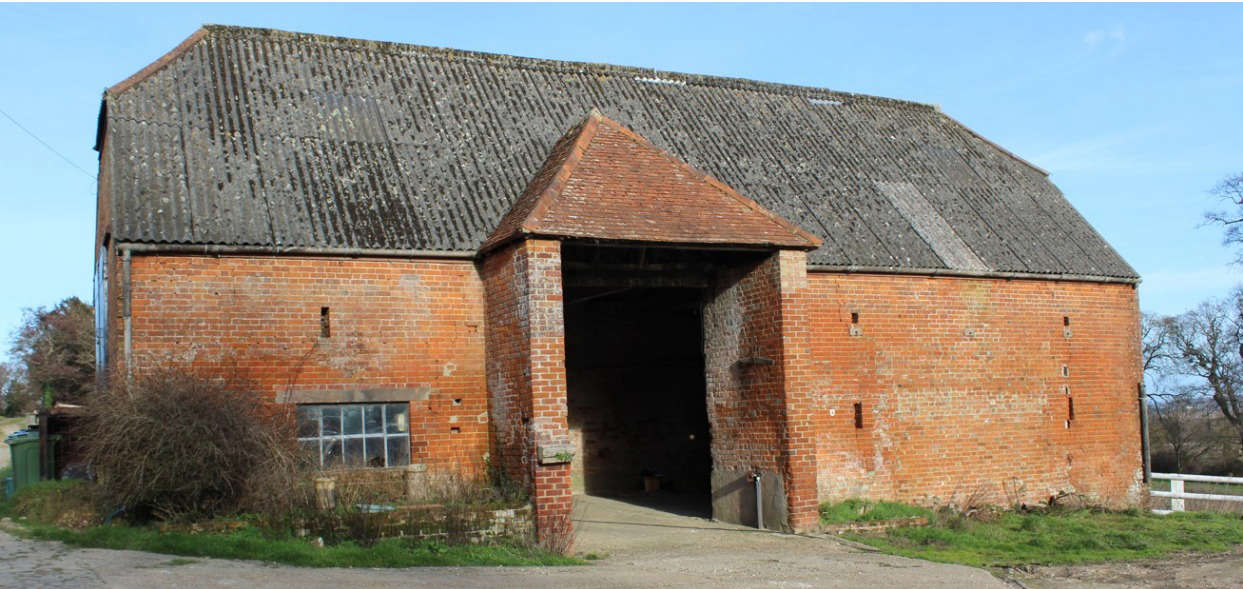 Dutch Braai Restaurant And Weddings Venue: New Plans Revealed For Disused Barns
Dutch Braai Restaurant And Weddings Venue: New Plans Revealed For Disused Barns
 Wave Of Acts Announced For Isle Of Wight Festival 2025
Wave Of Acts Announced For Isle Of Wight Festival 2025
 Discontent With Island Health And Social Care Services On The Rise Again — Report
Discontent With Island Health And Social Care Services On The Rise Again — Report
 Investigation Underway Following Death Of 28 Year-Old Man In Ryde
Investigation Underway Following Death Of 28 Year-Old Man In Ryde
 Former Ventnor Care Home Could Be Turned Into 'High Quality Housing'
Former Ventnor Care Home Could Be Turned Into 'High Quality Housing'
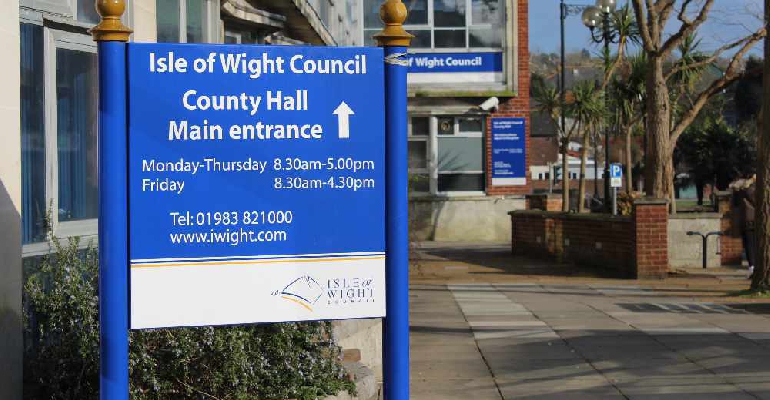 Isle Of Wight Council Fighting To Maintain Status Quo In Face Of Local Government Reorganisation Plans
Isle Of Wight Council Fighting To Maintain Status Quo In Face Of Local Government Reorganisation Plans
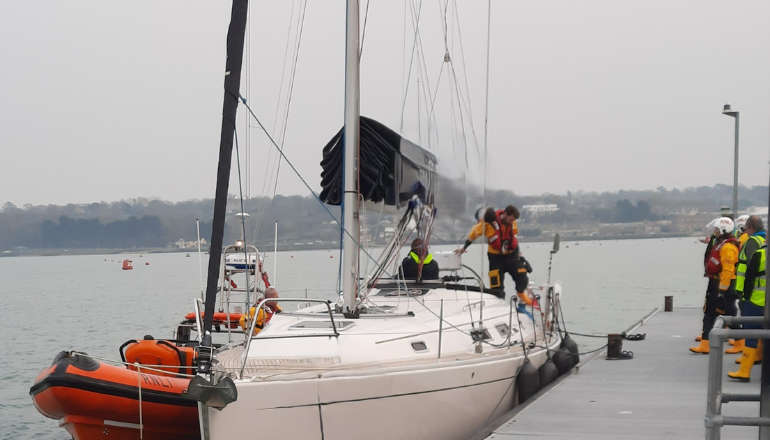 Cowes Lifeboat Team Saves The Day With Rescue Of Crippled Yacht
Cowes Lifeboat Team Saves The Day With Rescue Of Crippled Yacht
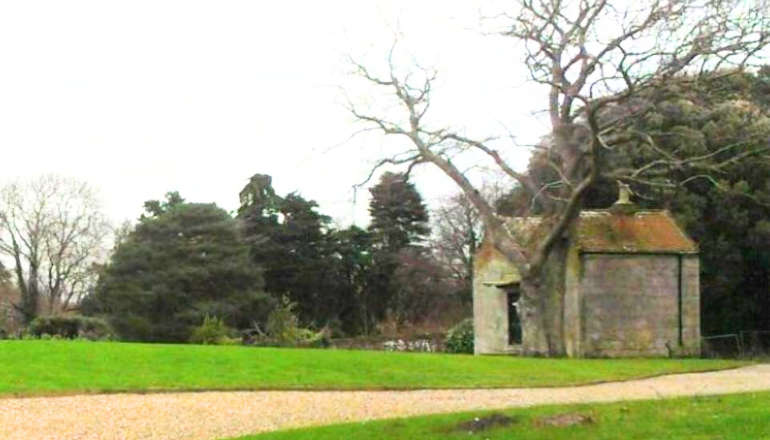 Historic Shanklin Summerhouse To Be Converted Despite Local Opposition
Historic Shanklin Summerhouse To Be Converted Despite Local Opposition
 Teenagers In Drug Arrest Following Coppins Bridge Police Pursuit
Teenagers In Drug Arrest Following Coppins Bridge Police Pursuit
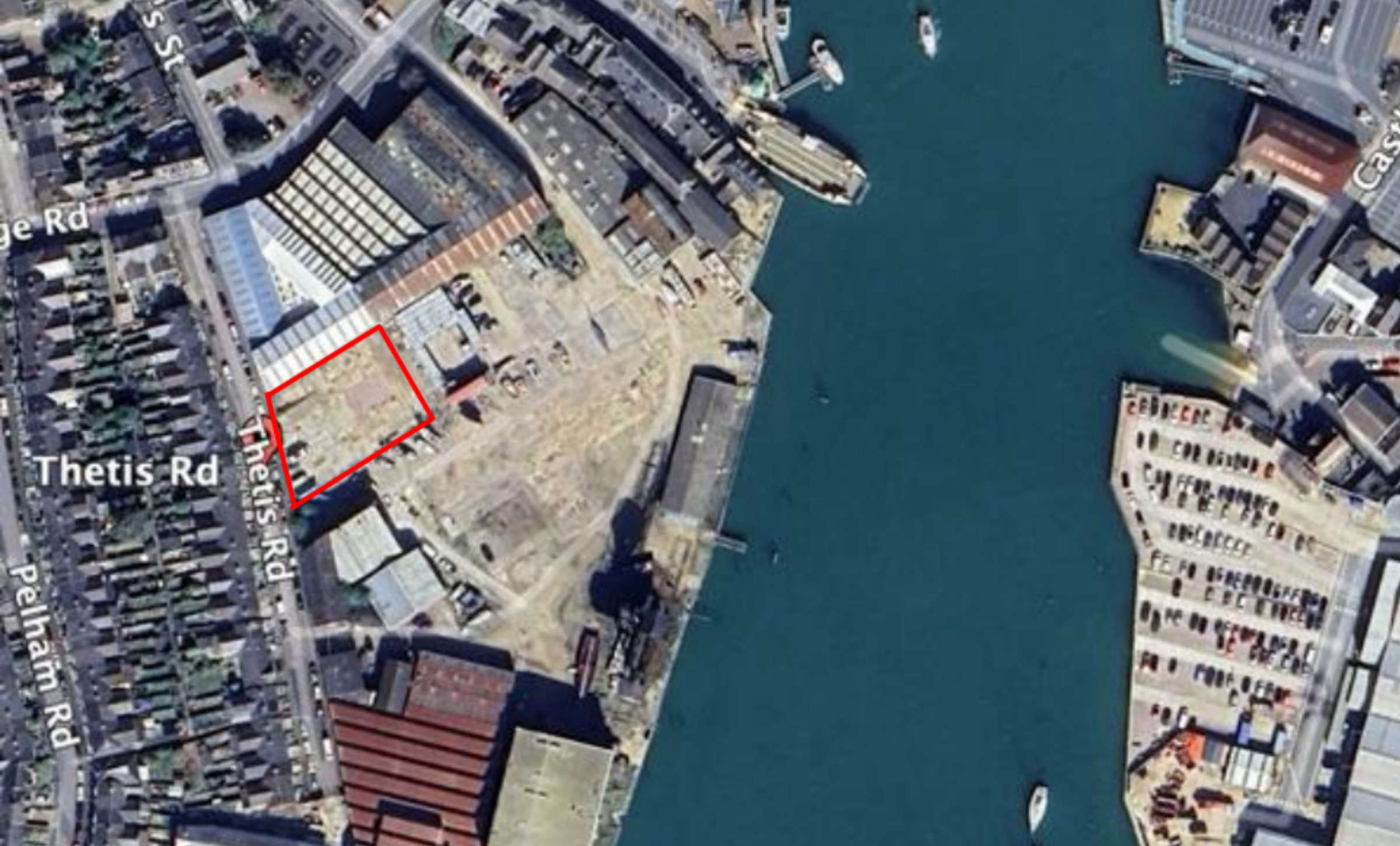 New Warehouse Could 'Support Expanding Companies' And 'Deliver Islander Employment Opportunities
New Warehouse Could 'Support Expanding Companies' And 'Deliver Islander Employment Opportunities
 Tax Breaks Could Be Set To End For Isle Of Wight Private Schools
Tax Breaks Could Be Set To End For Isle Of Wight Private Schools
 Hundreds Attend Island’s Careers, Jobs And Apprenticeships Fair
Hundreds Attend Island’s Careers, Jobs And Apprenticeships Fair
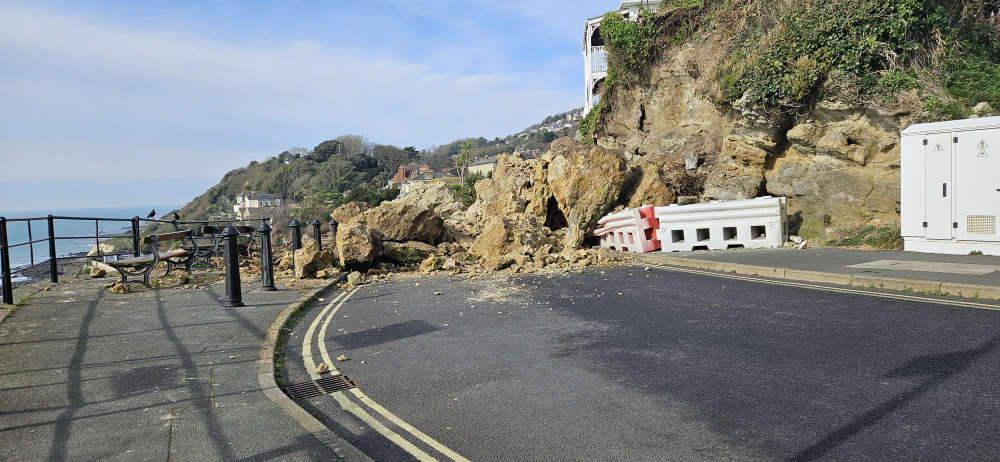 What A Mess — Timeline Of Ventnor Road Repairs In Limbo Following Latest Collapse
What A Mess — Timeline Of Ventnor Road Repairs In Limbo Following Latest Collapse
 Police Pursuit Sees Man End Up In River Medina
Police Pursuit Sees Man End Up In River Medina
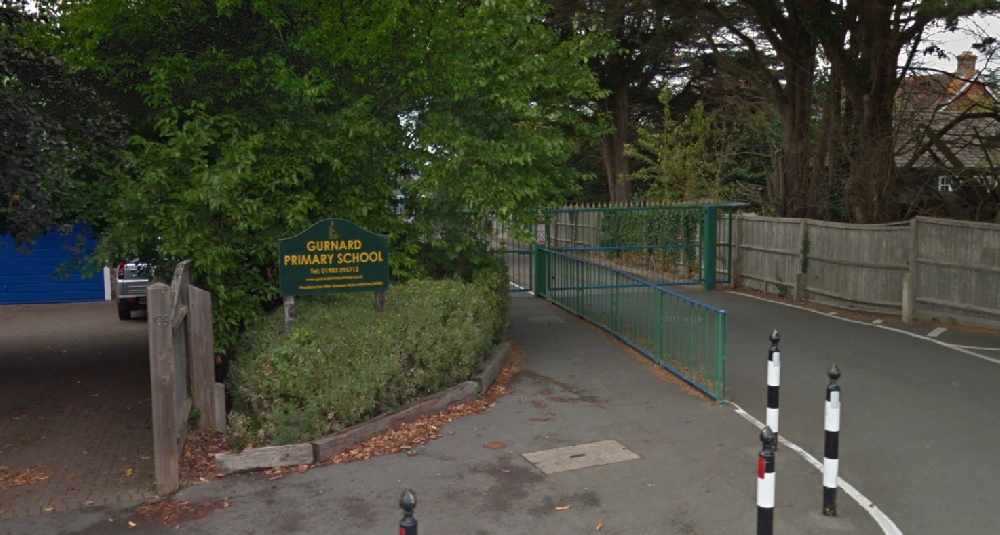 Gurnard Primary School Shines In Latest Ofsted Inspection
Gurnard Primary School Shines In Latest Ofsted Inspection
 Education Cabinet Member Urges Deferral Of School Closures Decision
Education Cabinet Member Urges Deferral Of School Closures Decision


